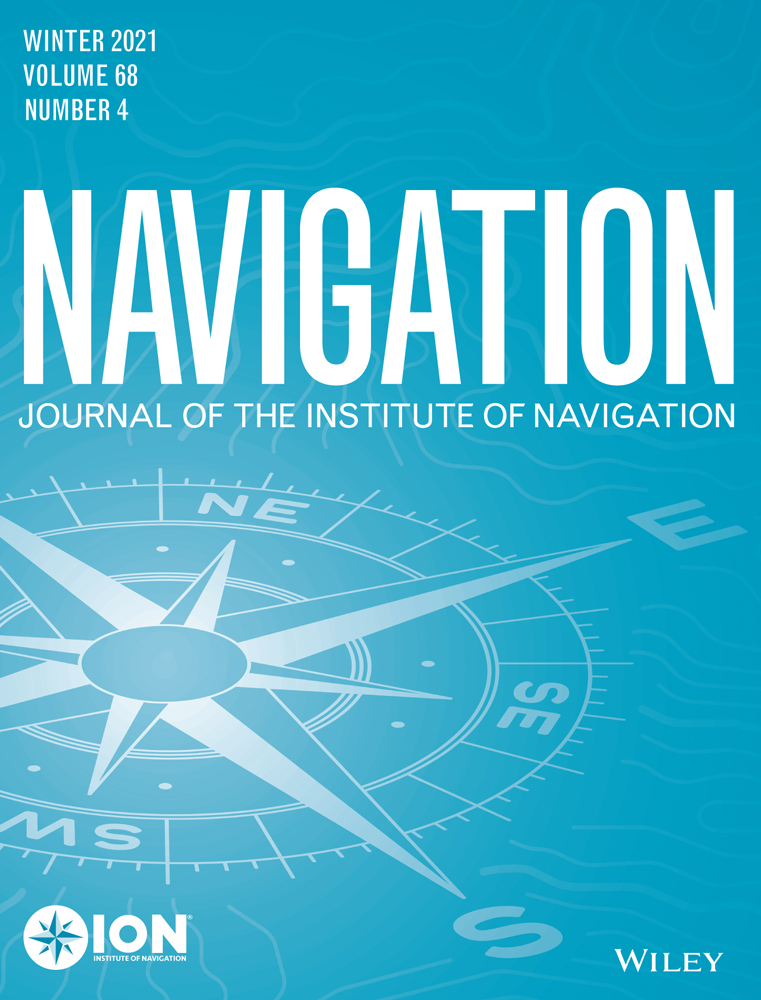GLONASS Performance, 1995–1997, and GPS-GLONASS Interoperability Issues
ABSTRACT
This paper presents GLONASS status and performance during 1995–1997, problems observed, and results of precise positioning work in GLONASS coordinates. The observations are based on data collected continually by a GLONASS receiver based in Southern California, and should be of interest to potential GLONASS users, as well as designers of integrated GPS-GLONASS equipment. After filling the 24-satellite constellation in early 1996, the GLONASS space segment faltered, with several satellite failures and persistent problems, but no replacement launches since then. However, accuracy is maintained at levels comparable to GPS without Selective Availability. A number of problems, including integrity lapses, have been observed and are explained in detail. Positioning results are consistent with a small east-west rotation between WGS-84 and GLONASS coordinates, with only small differences between PZ90 and SGS-85.




